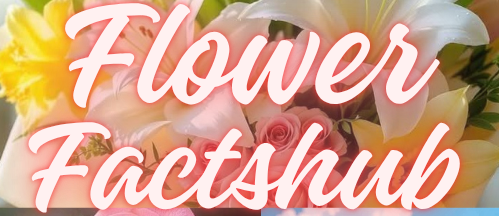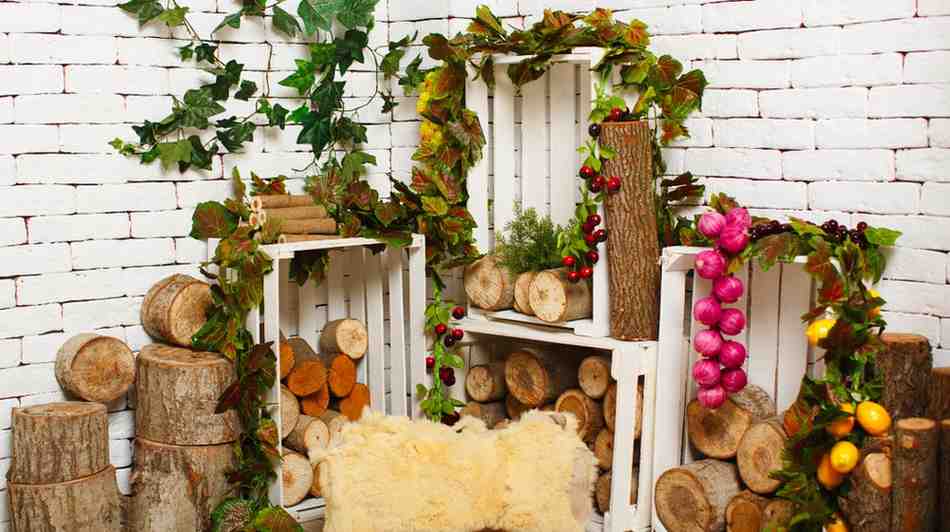Wood flowers are a beautiful and eco friendly alternative to fresh-cut blooms. Handcrafted from natural materials like sola wood derived from the Aeschynomene aspera plant these flowers bring the elegance of nature into your space without the short lifespan or maintenance of real flowers. Artists and craftsman carve and shape each petal by hand, creating amazingly lifelike models of roses, peonies, dahlias, and more.
What sets woodflowers apart is their durability and versatility. Unlike fresh flowers, wood blooms don’t wilt or fade. You can dye them in virtually any color, scent them with essential oils, and style them in endless ways from wedding bouquets to home décor and even art installations. Whether you’re looking for timeless wedding arrangements or a thoughtful gift that lasts, wood flowers offer a sustainable, customizable solution that stays stunning year-round.
People are increasingly turning to woodflowers not just for their beauty, but for what they represent: a mindful choice. They reduce waste, eliminate the need for refrigeration or chemical treatments, and support small businesses and artisans who pour hours of care into each handmade piece.
In short, wood flowers aren’t just an alternative to traditional floral they’re a creative movement, blending craftsmanship, sustainability, and long-lasting charm into something truly special.
Why choose Gorgeous Wood Flowers That Never Wilt or Fade?
Wood flowers are a stunning, long-lasting alternative to real blooms. Unlike fresh flowers, they never wilt or fade, making them perfect for home décor, weddings, or gifts. These eco-friendly, handcrafted blooms offer beauty that stays vibrant year-round—no watering or maintenance required!
History of Wood Flowers
The story of wood flowers begins far from modern wedding aisles. It has roots in ancient craftsmanship, rural traditions, and cultures that found beauty in the simplest of natural materials. These stunning blooms, often made from sola wood, have a surprisingly rich history that blends nature, art, and innovation.
Sola wood, the most common material used for woodflowers today, comes from the Aeschynomene aspera plant a lightweight, spongy plant native to the muddy regions of Southeast Asia, particularly India, Thailand, and Bangladesh. This plant grows abundantly in wetlands and is sometimes referred to as “shola” or “sholapith” in local languages. For generations, artisans in these areas have used its soft, pliable core to craft decorative items for religious ceremonies, festivals, and royal events.
The evolution from ceremonial crafts to wood flowers as we know them today is fairly recent. As global interest in sustainable, eco-friendly alternatives grew, sola wood caught the attention of artists and entrepreneurs outside of Asia. Crafters in Europe and North America began testing with sola sheets, shaping them into floral forms that mimic the delicate layers of real petals.
By the early 2000s, wood flowers started gaining traction among DIY enthusiasts, wedding planners, and eco-conscious consumers. They were praised for their beauty, longevity, and adaptability. Over time, new techniques emerged to dye the flowers in vibrant colors, scent them with essential oils, and customize their shapes for specific floral styles. This blend of traditional craftsmanship with modern creativity gave birth to the booming wood flower movement we see today.
Uses of Wood Flowers
Wood flowers aren’t just pretty decorations they’re incredibly versatile, customizable, and meaningful. Whether you’re planning a wedding, decorating your home, or looking for a heartfelt gift that stands the test of time, wood flowers have a role to play. Let’s take a look at the many ways people are using these beautiful blooms in their lives today.
1. Weddings and Events
One of the most popular uses of wood flowers is in weddings and for good reason. They offer all the elegance and romance of real flowers, without the stress of wilting petals or seasonal limitations.
- Bridal Bouquets: Brides love that they can design their bouquet months in advance and keep it forever.
- Boutonnieres and Corsages: Lightweight and durable, they hold up perfectly through a long day of hugs, dancing, and celebration.
- Centerpieces and Decor: Wood flowers make stunning centerpieces, aisle markers, or altar arrangements. They don’t require water, and they’re reusable a win for the planet and your budget.
2. Home Décor
Wood flowers bring a natural, timeless charm to any living space. Whether you lean toward rustic, boho, farmhouse, or minimalist styles, there’s a way to incorporate them into your décor.
- Vase Arrangements: Pop them into a favorite vase for a no-maintenance floral accent in your kitchen, living room, or entryway.
- Wreaths and Wall Art: Many crafters use wood flowers to create seasonal wreaths or floral wall hangings that add texture and color to your home.
- Table Displays: Mix them with greenery or candles for a charming dining table centerpiece that doesn’t require constant upkeep.
3. Gifts
Flowers are a classic gift but wood flowers elevate the gesture with lasting meaning.
- Anniversaries and Birthdays: Gifting a handmade wood flower bouquet is a unique way to show love and thoughtfulness.
- Mother’s Day or Valentine’s Day: These blooms don’t fade in a week. They’re a lasting reminder of appreciation and affection.
- Custom Keepsakes: Add names, dates, or special messages for a truly personal touch.
4. Crafting
For creative souls, wood flowers are an amazing medium to work with.
- Custom Dyes and Paints: You can dye them any color under the sun to match specific themes or palettes.
- Mixed Media Art: Combine wood flowers with woodwork, resin, or even fabric for one of a kind pieces.
- Workshops and Parties: They’re a hit at flower arranging classes, craft nights, or bridal showers.
5. Memorials and Tributes
Wood flowers also serve a comforting purpose during difficult times.
- Funeral Arrangements: Since they don’t wilt, they make meaningful, lasting arrangements for memorials or gravesites.
- Sympathy Gifts: A soft, hand crafted bouquet offers long term comfort and a tribute that lasts.
6. Business and Branding
Small businesses and event stylists often use wood flowers to add flair to their branding.
- Photo Shoots and Styling Props: Their realistic look and customizable nature make them perfect for flat lays, social media, and styled shoots.
- Corporate Gifting: Companies seeking eco-friendly and memorable client gifts are turning to personalized wood flower arrangements.
Final Thoughts
Gorgeous wood flowers are a unique and thoughtful alternative to traditional fresh flowers. Handcrafted with care and often made from sustainable materials like sola wood, these blooms offer everlasting beauty without the worry of wilting or fading. Their natural appearance, customizable colors, and intricate detailing make them ideal for weddings, home décor, or meaningful gifts that can be cherished for years. Unlike real flowers that last only days, wood flowers remain vibrant and intact, serving as a lasting reminder of special moments.
Beyond their aesthetic appeal, wood flowers are also a practical and eco-friendly choice. They require no water, sunlight, or maintenance—making them perfect for busy lifestyles or allergy-sensitive individuals. From rustic to elegant designs, they can be tailored to suit any theme or personal taste. If you’re looking for a way to celebrate beauty that endures, wood flowers are a timeless solution that combines charm, sustainability, and longevity in one graceful bloom.
Frequently Asked Questions (FAQs)
Q1: What are wood flowers made of?
Most wood flowers are handcrafted from sola wood, a natural, lightweight, and sustainable material derived from the tapioca plant.
Q2: Do wood flowers really last forever?
Yes! With proper care, wood flowers can last for many years without wilting or fading, making them a long-term decorative choice.
Q3: Can wood flowers be customized?
Absolutely. Wood flowers can be dyed in any color, shaped into various styles, and arranged just like real floral bouquets.
Q4: Are wood flowers eco-friendly?
Yes, they are a sustainable and eco-conscious alternative to fresh-cut flowers, especially since they require no water and produce less waste.
Q5: Where can I use wood flowers?
They are perfect for home décor, weddings, events, and gifts. You can display them in vases, bouquets, or centerpieces.
Q6: How do I clean or maintain wood flowers?
Simply dust them gently with a soft brush or dry cloth. Keep them away from direct sunlight and moisture for best results.
Q7: Do wood flowers look real?
Yes! High-quality wood flowers are carefully crafted to mimic the texture and shape of real petals, often making them hard to distinguish from fresh flowers at a glance.



